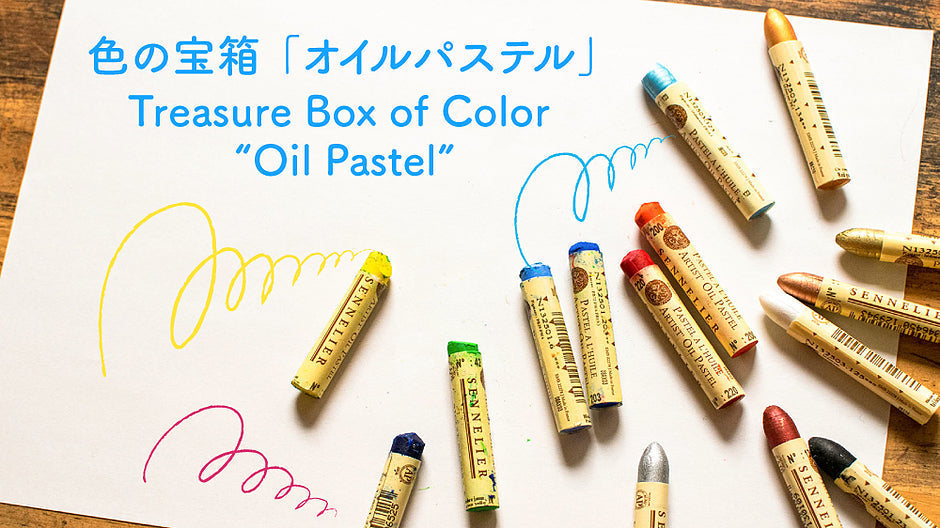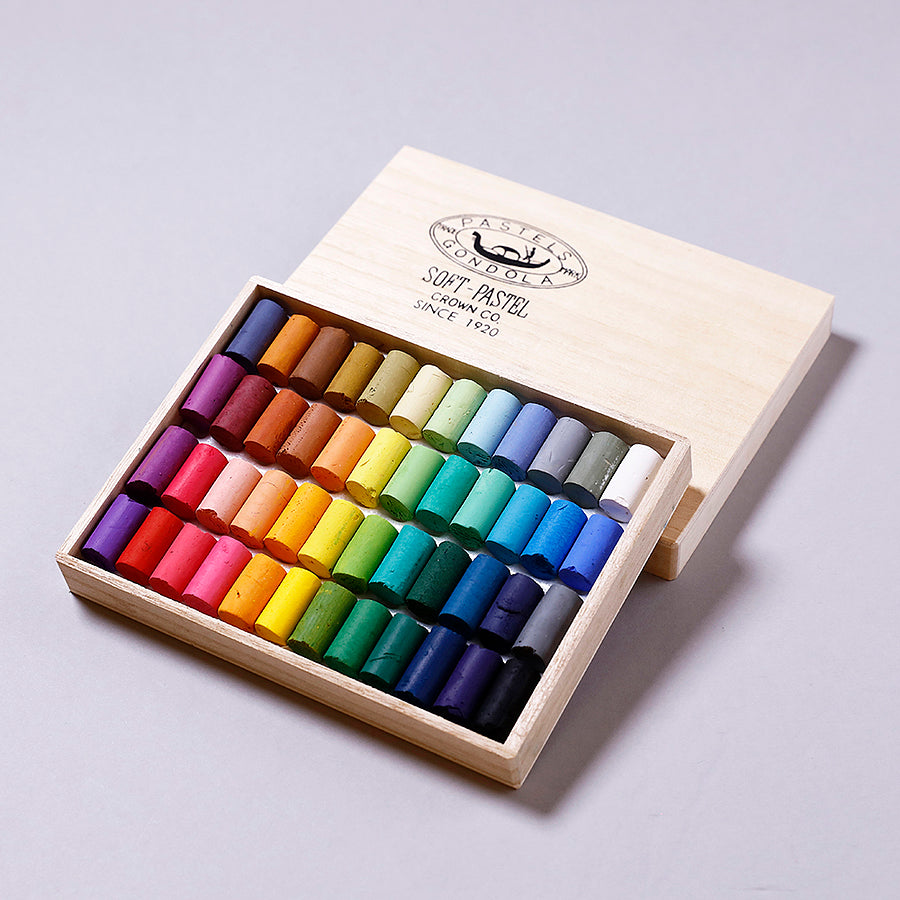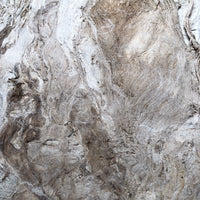Primarily there are two main types of pastels: dry pastels and oil pastels.
The oil pastels, as the name suggests, is a kind of pastel that contains oil in the ingredients. Perhaps most of you have heard of it although have never tried it yourselves.
These oil pastels can be used freely on any drawing surface, and they are easily portable, the colors do not fade or crack, and have excellent adhesive strength.
In this article, I will like to introduce you to one of our art materials, oil pastels.
I will also make a comparison between oil pastels and dry pastels to see how different they are in terms of drawing and coloring.
Keep reading this article for further information on the products I used and the characteristics of oil and dry pastels.
■ Oil pastel
Oil pastel is made of well-kneaded pigments, oil and wax.
・Good adhesive strength and high fixation.
・Smooth and soft to draw.
・Good coloring, lightfastness, and hiding power.
・Possible to produce deep color, layering, and blending techniques
・Can be applied on a variety of drawing surfaces.
(cardboards, woods, plywoods, ceramics, plasters, metals, plastics, glasses, films, etc.)
SENNELIER Oil Pastel can be used on a variety of base materials such as paper, which is almost impossible to paint with oil paints, while still being able to give out the unique thick texture same as an oil painting.
The Oil Pastel 12 Colors Set consists mainly of pearlescent and metallic colors and is highly recommended to be used and mixed with regular colors.
■Dry pastel
Dry pastel made by hardening pigments with adhesive.
・Good fixation on paper, but has weak adhesive strength.
・Good coloring and lightfastness.
【Hard dry pastels】
Hard to break and extremely sturdy. They are capable of drawing lines with the point or the edge of the tip and if you apply them horizontally, you can easily draw a work of wide surfaces.
【Soft dry pastel】
Has good spreadability and easy to blend the colors with fingers. Hard to draw fine lines or details.
The pastels above are made by the first soft pastel maker in Japan, the OHKAN KAGAKU KOGYOSHO CO. The pastels are meticulously made by hand, one-by-one, to match the one and only color in Japan!
Therefore, let's start drawing and compare these two types of pastels!

【Art Materials Used 】
Color material:
Left: Oil pastel
Right: Gondola pastel (dry pastel)
Substrate: Drawing paper
Both oil and dry pastels produce good coloring and do not have any noticeable difference, but if you take a closer look, there are a few viscous brush strokes on the oil pastel.
When I try to blend the colors by rubbing them with my fingers, I feel like the dry ones have a softer color because the particles are more “spread out”. (as the bottom part of the following image)
Also, if you hold a piece of paper up which you have drawn without any fixative, some powder from the dry pastel will tend to fall off, on the other hand, the oil pastel will stay firmly in place.
Next, I’ll show you a little more of the oil pastels’ characteristics.

【Art Materials Used 】
Color material:
Oil pastels (pearlescent colors)
Saiboku Aya Asagi (color inkstick pale blue)
Substrate: Bamboo washi paper for watercolor
In the upper part of the image, I applied Saiboku Aya (color inkstick) over the oil pastel. The oil component from the oil pastel repels moisture and separates the base color from the pastels.
And for the lower part, three different colors of oil pastels are layered and blended on the paper with my fingers. Since I haphazardly painted them, there is a difference in thickness and new colors are created during the blending. Moreover, the pearlescent colors create some changes in color because of the direction of light.
Since each pastel has its own special strengths and characteristics, I believe that using them effectively together will lead to a new interesting kind of drawing expression.
Next, I tried to see whether I could draw on a base material other than paper.

【Art Materials Used 】
Color materials:
Oil pastels
Oil pastels pearlescent colors
Substrate: A piece of white plastic
Oil pastels with “basic” colors went on beautifully. However, if the color has a strong pearlescent characteristic, it will slip and be a little difficult to apply, although it is still able to stick on the plastic surface.
Do note that they do not fully fix on the plastics, so if you wipe them with towels or your fingers, the color will fall off. Therefore, you can keep repainting it again and again by wiping off the colors with a piece of soft tissue paper or cloth.
When using mirror-like materials such as plastic or glass, finishing with a fixing agent is highly recommended.
For me, the best part about oil pastels is that you can enjoy different color appearances depending on the base material!
You can choose the tones and number of colors that you like and use for your artwork as well as for drawing and rough sketching.
For those interested in learning pastels, please click the link below and refer to the following article!
The more you paint with oil pastels, the more ways you can discover to express yourself by combining various kinds of base materials and painting materials!
No doubt that what I have introduced in this article are just a few of the many beauties of oil pastels!
Perhaps it’s time for you all to try on new painting materials and explore the unknown possibilities!
Translated by Atsumi Okano, Nelson Hor Ee Herng
PIGMENT TOKYO Art Materials Experts









